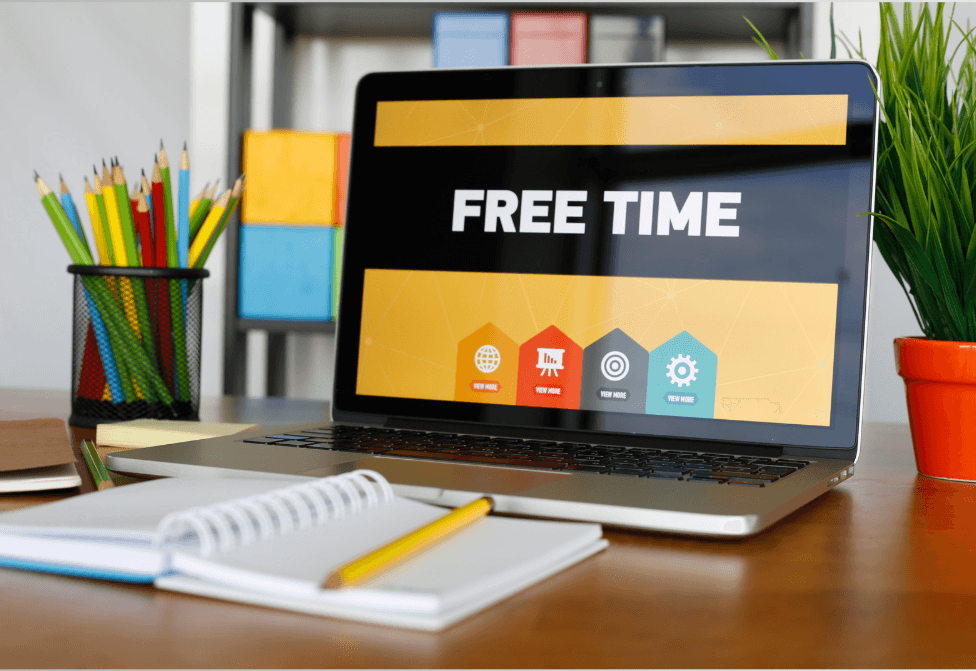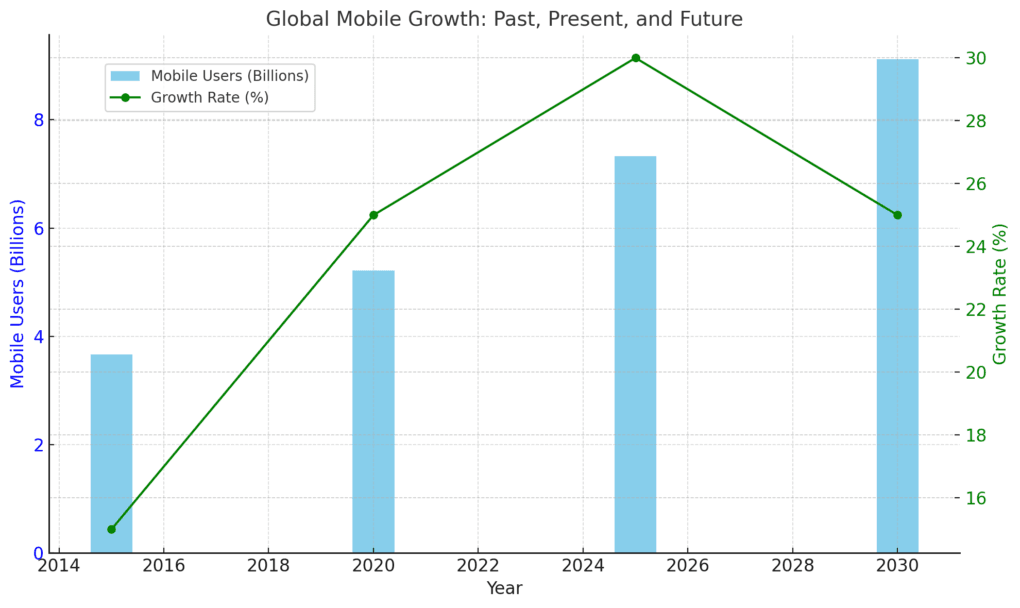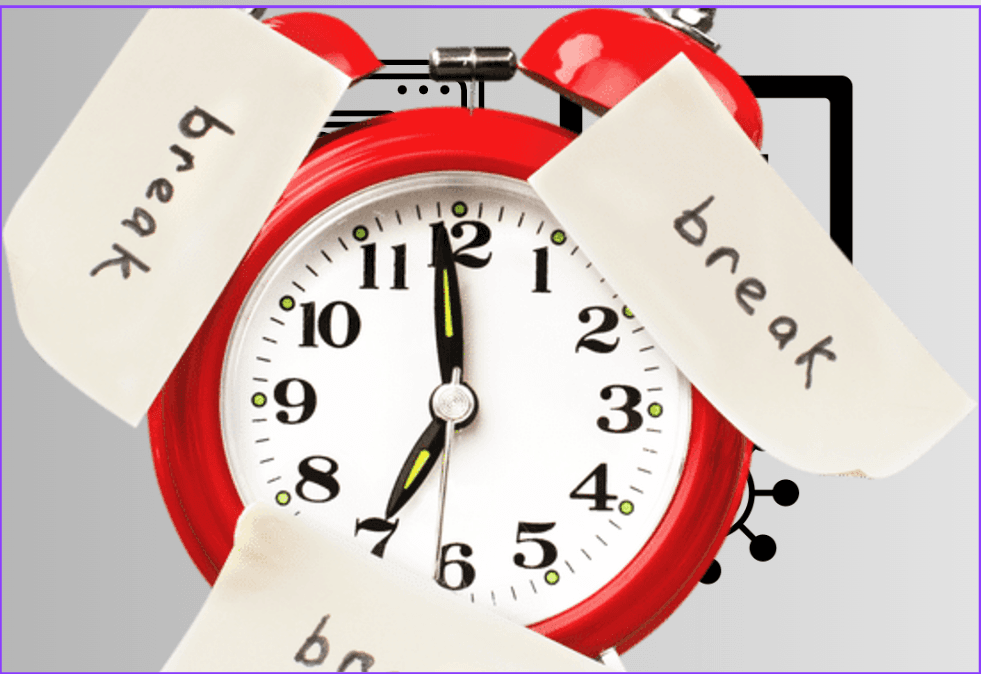- In today’s technology-dominated society, our lives go behind a screen — smartphones, laptops, TVs, and tablets. Though these devices have become quite indispensable for our work, education, and entertainment, the excessive use of them leads to both physical, mental, and emotional disturbances. Of course, too much time spent on social media or too much scrolling can lead to serious health issues, lower productivity, and even emotional isolation.
- It can be achieved if one comes to understand the risks that long exposures to screens cause and knows how to practically detoxify from it. The following guide covers the harmful effects, solutions, and strategies to maintain a balanced and screen-free lifestyle.
Increasing the impact of screen time on our life ends

One knows: everybody’s getting super dependent on tech these days, and it’s turning screen time into a big issue worldwide. Folks usually spend about 6–7 hours a day on their devices, even more when it comes to professionals and students.
Main Points:
- Widespread Usage: Substituting activities like work, learning, and rest with screens.
- Digital Addiction: Non-stop notifications, online engagement, and streaming help to perpetuate a vicious cycle of addiction.
- Health Risks: If you’re always exposed, it can cause issues like bad posture, stress, and not enough sleep.
Most Vulnerable Human Parts:
- Eyes: Digital eye strain, blurred vision, and dryness from prolonged screen exposure.
- Neck and Spine: You know that pain and stiffness you get from slouching while staring at screens?
- Brain: Overstimulation affects concentration, memory, and overall emotional well-being.
Side Effects from Overuse of Smartphone Displays

Physical Health Conditions:
- Eye Strain (Computer Vision Syndrome): Staring at screens for hours causes irritation, headaches, and blurred vision.
- Neck and back Pain: The kids will hunch over their screens, end.
- Low Physical Activity: Too much screen time usually replaces physical exercise thus gaining extra calories and weakened muscles.
Mental Health Concerns:
- No sleep: Blue light disrupts melatonin production, reducing sleep quality.
- Stress and Anxiety: Social media comparisons and overexposure to negative news amplify anxiety.
Emotional Effects:
- Addiction: Dopamine from the notifications keeps users glued, leaving them in a dependency cycle.
- Separation: Fewer real-life interactions lead to feelings of loneliness and detachment.
How to Get Away from the Screen

Reasons to Cleanse:
- Health improvement by removing avoidable risks like eye strain and stress.
- Increase focus, productivity, and mental clarity.
- Build better relationships based on true personal touch.
Best Picks:
- Set Time Limits: Use apps to track and limit screen time.
- 20-20-20 Rule: Look at something 20 feet away for 20 seconds every 20 minutes.
- Establish no-screen zones: Remove screens from bedrooms and eating areas.
- Engage in Offline Hobbies: Have time to do work like reading or exercising.
- Use Blue Light Filters: Protect your eyes with software or screen covers.
How Global Screen Time is Rising

With the rise of smartphones, screen time has grown globally. The chart below shows the steady increase in mobile users:
| Year | Mobile Users (Billions) |
|---|---|
| 2015 | 3.66 |
| 2020 | 5.22 |
| 2025 | 7.33 (Projected) |
This data highlights the urgent need to manage screen time responsibly.
Screen Time Timetable for a Balanced Lifestyle
| Activity | Recommended Screen Time |
|---|
| Work/Study | 6–8 hours |
| Entertainment | 1–2 hours |
| Social Media | 30 minutes–1 hour |
| Total Daily Screen Use | 7–10 hours (with breaks) |
Protecting Your Eyes and Body

Fabulous Tools:
- Blue Light Glasses: Relieves strain from long exposures to screens.
- Anti-Glare Screens: Defend against glare and reflection.
- Adjustable Furniture: Promote ergonomic sitting posture.
Super Tips:
- Keep a good distance from screens—like, at least an arm’s length away.
- Keep screens at eye level to avoid neck strain.
- Take breaks and practice eye blinking to avoid dry eyes.

The graph above depicts the worldwide growth of mobile users from 2015 to projections in 2030, along with a percentage growth rate for each period:
2015: 3.66 billion mobile users, with a growth rate of 15%.
2020: 5.22 billion users, a phenomenal leap with a growth rate of 25%.
2025: 7.33 billion users are expected-averages with a growth peak rate of 30%.
2030: 9.12 billion users are expected but at a slower rate of 25%.
Main Points:
- These smartphones will be adopted fast in terms of accessibility, affordability, and increased reliance on technology through communication, work, and entertainment.
- The continuous rise in mobile usage reflects digital dependency, leading to higher exposure to screens. Mobile and laptop overuse resulted in human vulnerability as they were implanted into daily life, which reflected in their health and productivity.
Conclusion:
Too much screen time can actually mess a body and mind. If you limit your exposure, pay attention to how you see things, make time for offline fun, you’ll find a healthier and happier balance. Start your screen detox today and get your well-being back!

In a world where screens are basically everywhere, it’s super important to take a moment and get back in charge of our time and well-being. Whether you’re grinding at work, scrolling through social media, or just watching shows, too much screen time can seriously wear you out physically, mentally, and emotionally. So, here are 10 awesome tips to help you cut down on screen time and build a healthier, more balanced life in 2025.
1. Establish Screen Time Limits by Day
- One can use Digital Wellbeing or Screen Time to keep track of and control the usage.
- Set adequate boundaries for work, social media, and leisure time.
- It’s effective because:
Creating boundaries will prevent overindulgence and provide you with more free time for offline activities End
2. Set Up No-Screen Zones
- Designate a few areas in your home, such as the bed or dinner table, as screen-free.
- Replace screen time with either reading or family interaction time.
Why it works: It reduces dependence and builds real relations.
3. Use the 20-20-20 Rule
- Every 20 minutes, look at something 20 feet away for 20 seconds.
- Blink frequently to wet up your eyes.
Why it works: It reduces eye strain and prevents long-term vision issues.
4. Plan Some Offline Fun
- Dedicate time to hobbies like painting, gardening, or exercising.
- This is an opportunity to reconnect with nature or do something active.
Why it works: Encourages physical movement and mental relaxation, reducing stress.
5. Harness Technology to Control Technology
- This will enable app timers that shutoff non-essential apps after a certain period.
- Turn off notifications to prevent distractions.
Why it works: As such, it reduces interruptions and assists in what really matters.
6. Practice Digital Detox Days
- Take one day of the week off from screens.
- Spend the day exploring outdoor activities or connecting with friends.
Why it works:
Re-charged your mind, break the cycle of screen dependency.
7. Set an Evening Screen
- Cut Off Reduce the use of screens 1–2 hours before you go to sleep.
- End: Replace this time with cool activities, such as journaling or meditation.
Why it works:
Improves sleep quality by reducing blue light exposure.
8. Utilize Alternative Communication
- Make the calls instead of texting.
- Hang out with friends face-to-face instead of just chatting online.
Why it works:
Strengthens personal relationships and reduces social media usage.
FAQs:
Q1. What is a screen time detox?
A strategy for managing excessive use of the screen and developing a healthier lifestyle.
Q2. How do I restrain my screen time?
A Stick to a routine, try the 20-20-20 rule, and get into some offline activities.
Q3. Does blue light wear work?
A They indeed mitigate tension resulting from long exposure to the screen.
Q4 How excessive screen exposure affects children It impairs your attention?
A It causes sleep disorders. There may be some behavioral problems.
